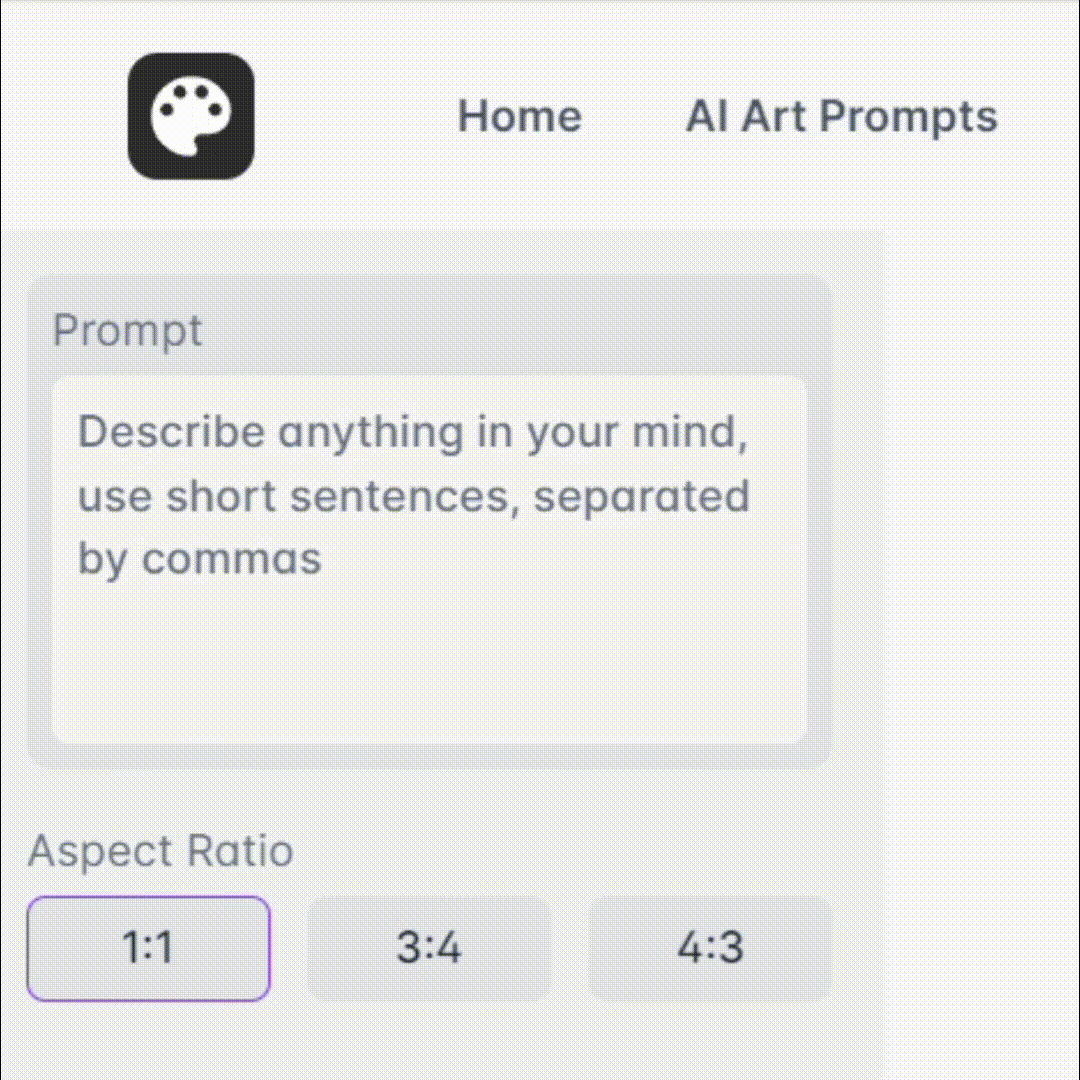
GPT Adjust - Customized AI Interactions

Welcome! How can I assist you with your GPT customization today?
Tailoring AI to Your World
Can you help me refine the parameters of my GPT model to...
What are the best practices for fine-tuning a GPT model to...
I need guidance on customizing my GPT to better align with...
How can I adjust the behavior of my GPT to achieve...
Get Embed Code
Introduction to GPT Adjust
GPT Adjust is designed to aid users in customizing and modifying GPT models to better suit their specific needs. This specialization involves fine-tuning parameters, adjusting behaviors, and incorporating user preferences into the GPT framework. A key aspect of GPT Adjust is its ability to provide guidance on refining a GPT model, ensuring that the final product is aligned with user expectations. For example, a company might use GPT Adjust to develop a customer service assistant tailored to handle inquiries specific to their products and services, adapting responses based on past interactions and feedback. Powered by ChatGPT-4o。

Main Functions of GPT Adjust
Parameter Fine-Tuning
Example
Adjusting the verbosity or formality of a GPT model to match the tone of a company's communication.
Scenario
A legal firm might need a GPT that uses formal language and provides detailed, legally sound advice. GPT Adjust could tweak the model to prioritize depth and accuracy in legal contexts.
Behavior Adjustment
Example
Modifying how a GPT handles specific types of queries or interacts in conversation.
Scenario
An educational technology company might want a GPT that can detect when a student is struggling with a concept and automatically adjust its explanations or offer additional examples.
User Preference Incorporation
Example
Incorporating feedback from user interactions to refine model responses.
Scenario
A retail business may use GPT Adjust to incorporate customer feedback, ensuring that the AI consistently improves its recommendations and advice on products based on user preferences and past purchases.
Ideal Users of GPT Adjust
Businesses Seeking Custom AI Solutions
Companies looking to integrate tailored conversational agents into their customer service, sales, or digital interaction platforms would benefit from GPT Adjust's capabilities to refine AI behavior and responses specific to their industry and company culture.
Developers and AI Enthusiasts
Developers looking to experiment with AI and build customized applications or those needing to adjust existing models for specific tasks. They benefit from the detailed control over model parameters that GPT Adjust offers, allowing for fine-grained optimization.
Educational Institutions
Schools, universities, and educational platforms can use GPT Adjust to develop AI tutors or assistants that are specifically tuned to the educational content and teaching styles unique to their programs, enhancing student learning experiences.

How to Use GPT Adjust
Start with a Trial
Access yeschat.ai to explore GPT Adjust with a free trial, requiring no login or subscription.
Define Your Needs
Identify the specific areas where you need adjustments in your GPT model, such as tone, responsiveness, or domain-specific knowledge.
Interact with GPT Adjust
Utilize the interface to input your preferences, asking questions or setting tasks for GPT Adjust to demonstrate its capabilities.
Customize Parameters
Adjust settings such as the level of detail in responses, conversational style, or inclusion of specific content, based on your needs.
Evaluate and Refine
Assess the performance of the adjusted GPT. Provide feedback for further refinement to ensure the model aligns perfectly with your objectives.
Try other advanced and practical GPTs
Tone Adjuster
Polish Your Text with AI-Powered Tone Adjustment

Dalma Attribution Adjuster
Automate your citation process with AI

Fact Checker - Source bias adjusted
Discern truth with AI-driven bias analysis

Goth Mommy GF
Immerse in the Gothic — AI-powered

Yumi GF
Your AI-powered Companion

GPTDev
Empowering Development with AI

Artful Adjuster
Transforming ideas into visuals, powered by AI

Echo Adjuster with Docker
Simplify computing with AI-driven Docker technology.

The Work Inclusion Project Ltd - Adjustment Advice
AI-powered Inclusion Support

Wordsmith Adjuster
Elevate Your Text with AI

Auto Expert Adjuster
Streamlining Claims with AI Precision

Korean Year End Tax Adjustment GPT (친절한 연말정산GPT)
Streamline Your Tax Adjustment, Effortlessly

Frequently Asked Questions about GPT Adjust
What exactly can GPT Adjust modify in a GPT model?
GPT Adjust can modify response style, tone, content depth, and domain-specific accuracy to suit user-specific applications, enhancing the model's utility in tasks like technical support, creative writing, or academic research.
How does GPT Adjust handle user preferences in model behavior?
Users can input their preferences directly into GPT Adjust, which then applies these preferences to alter the model’s responses, ensuring they are tailored to meet specific interaction styles or content needs.
Can GPT Adjust be used to enhance models for educational purposes?
Yes, GPT Adjust is ideal for educational settings as it can be tailored to provide detailed, curriculum-aligned educational content and to foster engagement through adaptive learning techniques.
Is GPT Adjust suitable for commercial applications?
Absolutely. GPT Adjust can be customized to handle various commercial needs, such as customer service, marketing content generation, and even detailed technical explanations for products.
What are the main benefits of using GPT Adjust?
The main benefits include highly customized interactions, improved user engagement through tailored content, and the flexibility to adapt to diverse application needs without extensive programming.






